Rubber sole is an ancient military sole that has been in use since World War II, with high elasticity, wear resistance, waterproofing, acid and alkali resistance, and insulation. Neoprene is the most common type of military rubber boot soles. This type of rubber has low cost, good flame retardancy and is suitable for military use. The most important thing is that Neoprene has strong adhesion and is relatively difficult to open. In the early 2000s, rubber soles had developed to include stitching and single density molding, but there were still issues with heavy weight and hard and uncomfortable soles, which could no longer meet military needs.
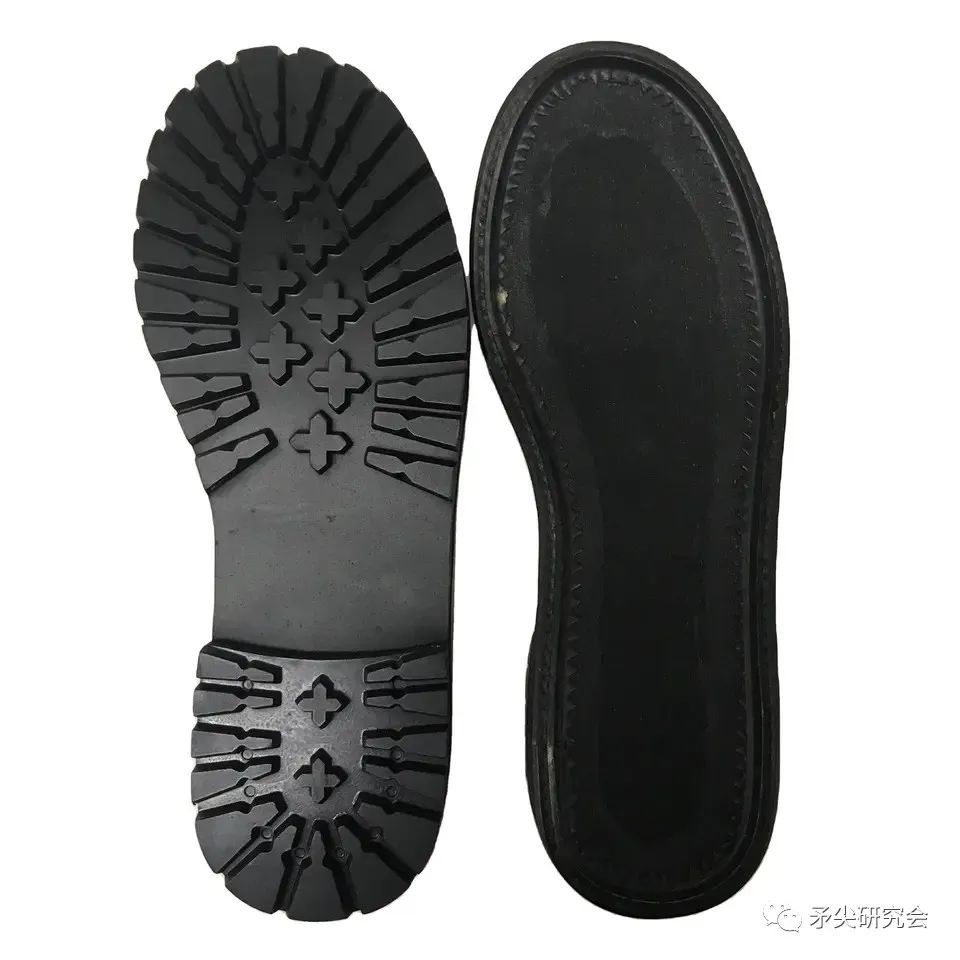
1-2: Dual density rubber sole and injection process
The dual density rubber sole is an outsole and midsole made using the dual density injection molding process, which is divided into a dense layer and a foam layer. This structure can minimize the weight of the rubber sole and improve comfort.
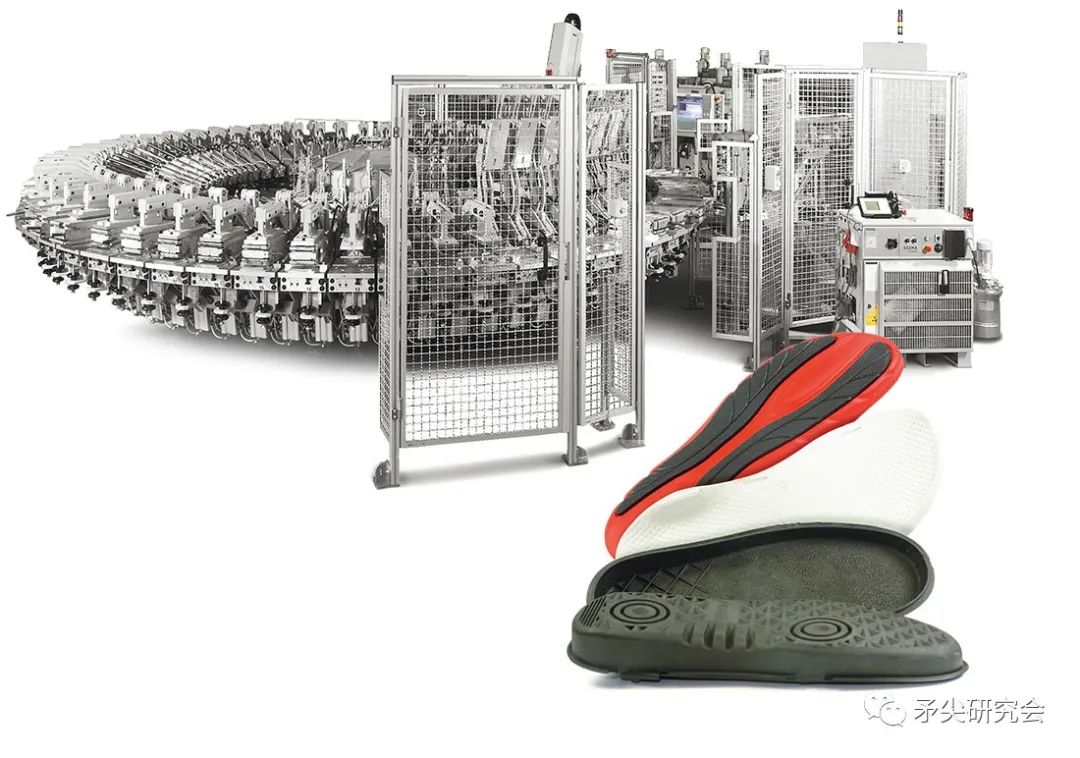
1-2-3: Polyurethane sole (PU sole) and injection process
1-2-3-1: PU+rubber hybrid sole
Due to the large weight of rubber soles, in the mid-1900s, the single weight of military boots with pure rubber soles was around 700 grams or more, and even after improvements, comfort was still insufficient. Therefore, based on Nike's experience in sports shoes, Nike launched the SFB series of lightweight military boots.
This type of military boot has poor support and protective effect, but it is soft enough and its individual weight has been reduced to an astonishing 400 grams.
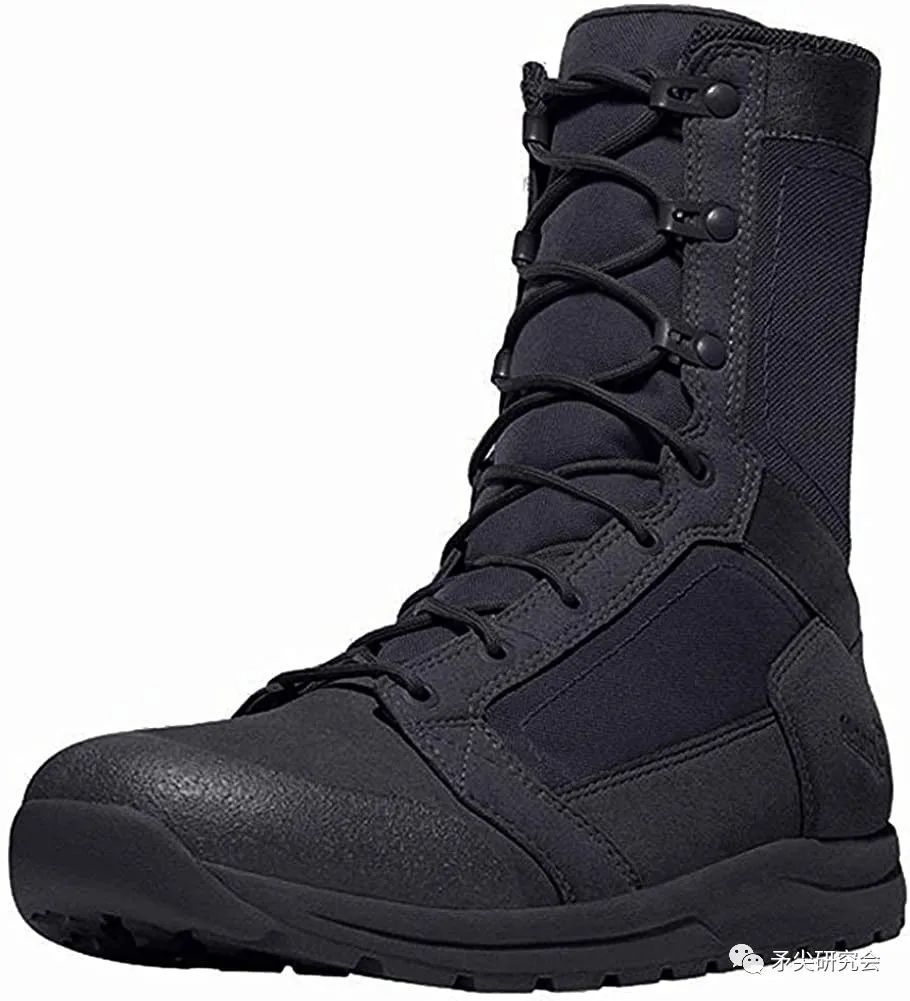
Perhaps in line with the trend of the times, the SFB running shoe style military boots have a more profound impact than Adidas' military boots designed for the GSG9. Danner has also launched a flat bottomed sports lightweight military boot, Tachyon. After all, Danner is a manufacturer of top-notch military boots, and his lightweight military boots are much better in terms of collar design.
The above design had a profound impact on some military boot manufacturers at that time. Due to the demand for endurance training, many people were suffering from pure rubber military boots, and this design became very popular as soon as it was launched, which forced them to strengthen management. These lightweight military boots are difficult to become official distribution products due to issues such as lifespan and protective ability, but their lightweight concept has still been valued, including the commonly used PU, EVA and other sole materials for these military boots.
Polyurethane sole, also known as PU sole, is a material invented by the Germans in 1937 and popularized in the civilian market around the 1970s. Polyurethane material is an environmentally friendly material that is lighter, softer, stronger, oil resistant, wear-resistant, and tear resistant compared to rubber.
Taking Germany's HAIX 2005 military boots as an example, they also use injection molding technology, but the foam layer is changed to PU material.
In order to further reduce the weight of standard military boots, it is imperative to use PU materials. However, the biggest problem with PU materials is that they are exposed to the air for a long time and easily combine with the moisture in the air. PU materials will lose their stickiness like tofu residue, ultimately pulverizing and disintegrating. Therefore, in design, it should not be too radical, and a rubber outsole should be used to wrap the PU midsole to avoid contact with the air, Simultaneously, polyether polyurethane materials with better hydrolysis resistance are used. By simplifying the hierarchy and other forms, the weight of the new generation of military boots has been reduced to 600 grams.
On the basis of the new sole, a more aggressive lightweight design has been attempted, directly exposing the PU material, while designing the PU midsole as an inner collapse design, further reducing weight.
In the early 1920s, more complex sole structures were developed based on the previous sole. The outsole is still made of rubber, but it adopts a basin shaped sole with new rubber plastic material filling the core, high-strength carbon fiber board as the hook core, and PU injection material as the connecting layer for the upper and sole combination injection. The process is still injection sole, but comfort has been improved.
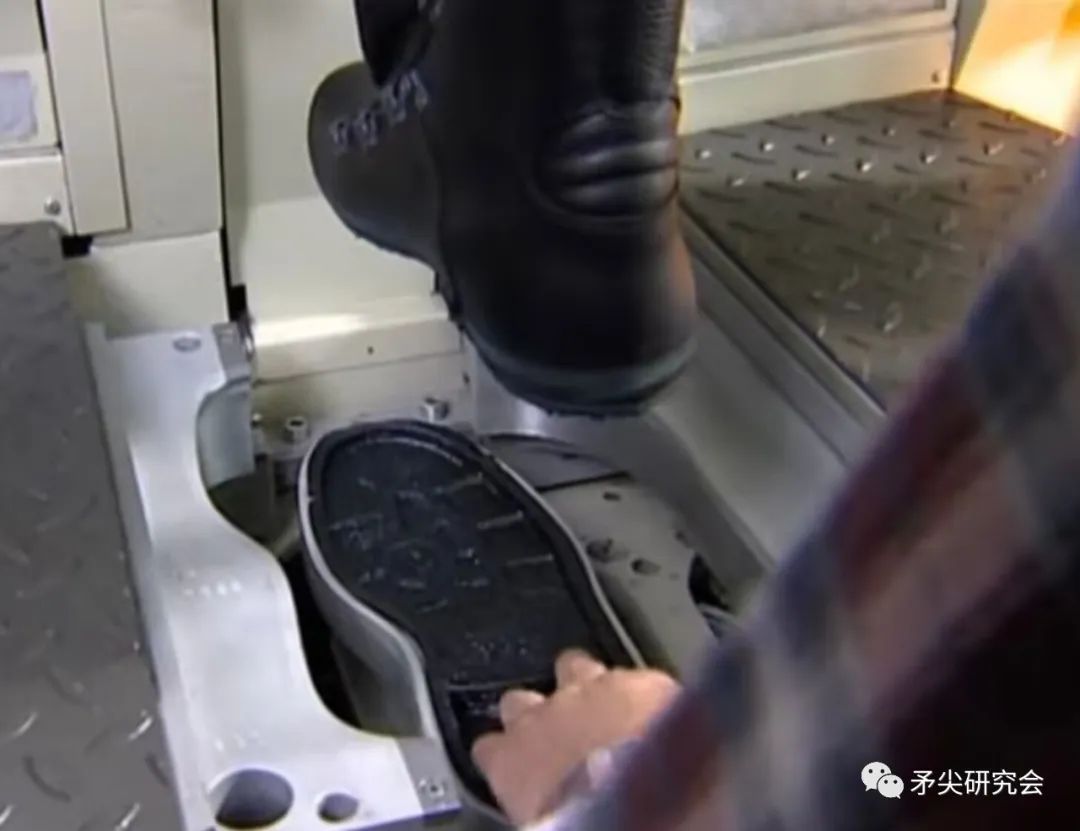
1-2-4: EVA sole
Ethylene vinyl acetate copolymer sole (EVA sole), like PU sole, is mainly used as a foam midsole in military boots. The foam midsole made of EVA material is extremely soft, comfortable, and has a high rebound rate. Therefore, it is also a widely used military boot material at this stage:
However, EVA is relatively soft and requires various protective plates for support. Salomon's "sandwich sole" is a typical example of using plastic protective plates to support the EVA midsole, while the outsole is still made of rubber material.
Some soles have reduced their weight to 500 grams thanks to EVA material and cold adhesive technology.
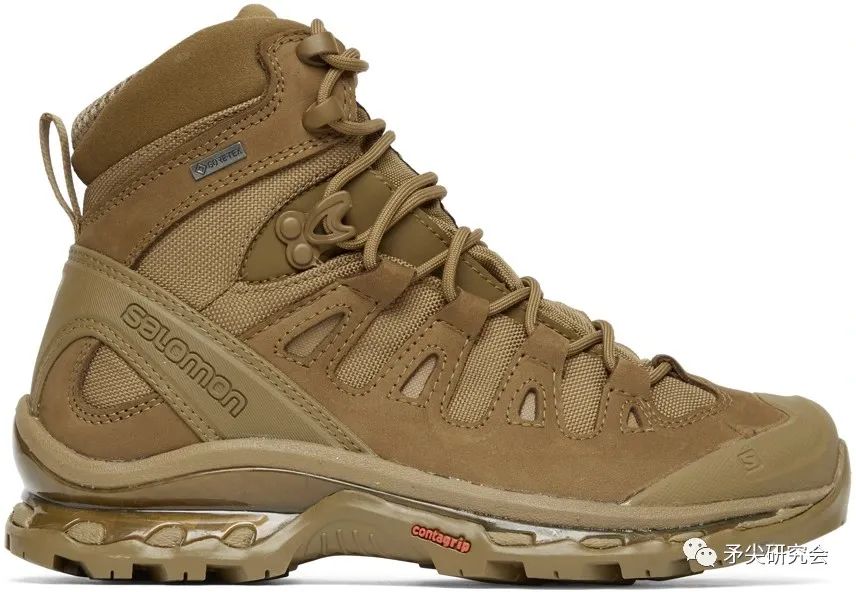
1-2-5: Improved Goodyear Tire and Rubber Company sole
Goodyear Tire and Rubber Company sole is a kind of sole technology with a long history, which can be traced back to 1871. Traditional Goodyear Tire and Rubber Company military boots use stitches to reinforce the upper and expose the outer seam on the sole. If the use intensity is high, the seam will be easily damaged. This problem occurred in the Vietnam War.
Danner's famous RAT series military boots are a kind of improved Goodyear Tire and Rubber Company soles, which are made of multi-layer structural adhesive bonding. At the same time, a part of the upper leather surface protrudes to form a "welt". The seam uses the welt space to strengthen the upper and midsole. In the toe part, additional seams will be added to strengthen the welt and outsole.
The following figure shows the typical toe cap structure of Danner Goodyear Tire and Rubber Company sole
The recently famous Goodyear Tire and Rubber Company military boots are the Danner RAT military boots that are no longer purchased by the US Marine Corps. You can see the reinforcement forms of welts, midsole and seams.
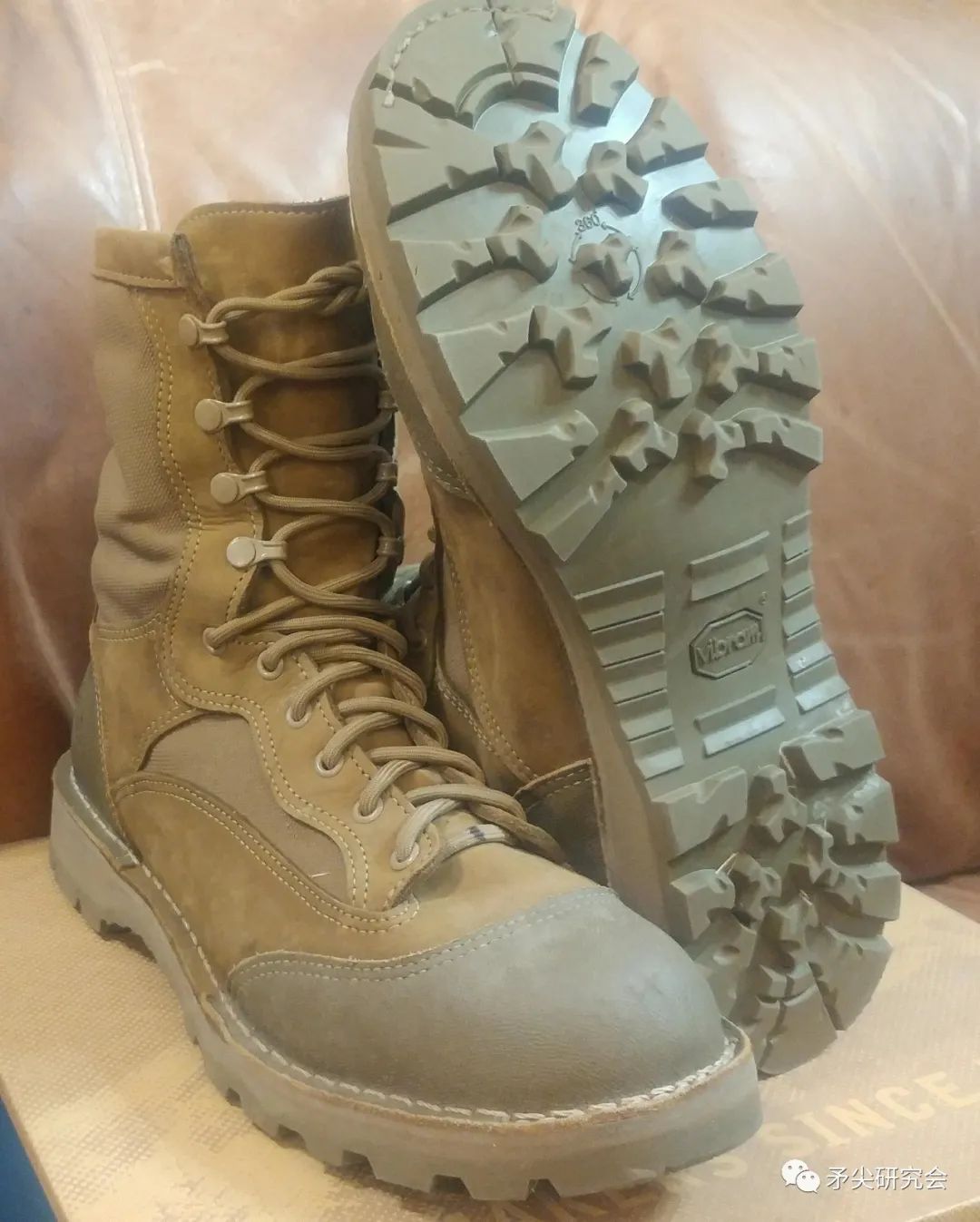
1-3: Advantages, Disadvantages, and Process Issues of Various Soles
1-3-1: Rubber sole
Rubber sole has a long history as a sole material for military boots, and its power as a sole material remains unlimited for the foreseeable future. But the rubber material was too hard and mocked as a cement board sole, so it gradually withdrew from the midsole category in the mid to late 2000s.
However, the long lifespan of pure rubber soles makes them suitable for use as combat readiness storage military boots.
1-3: PU bottom
PU sole is currently the mainstream sole material, as its advantages are lightweight, soft, and environmentally friendly, making it suitable for use as a midsole material.
However, PU materials are slightly more expensive, and as injection materials, it is a challenge to the level of technology. Some manufacturers of LOWA shoes have experienced batch drop of soles, and PU materials are prone to hydrolysis and collapse. Therefore, the midsole design of PU should not be too radical, and wrapping with a rubber outsole is a relatively safe method.
1-3: EVA bottom
EVA sole is a newly popular type of sole in recent years, which is currently a relatively soft type among mainstream military boot materials.
However, the drawbacks of EVA materials are also very obvious. Both EVA and PU have problems such as short lifespan, insufficient adhesion, and lighter degradation compared to PU soles. However, EVA has a more serious problem of collapse compared to PU soles. Currently, there is no fully automated production method for EVA soles, and military boots produced using methods such as cold bonding are one of the few options.
However, at present, relying solely on adhesive EVA soles cannot meet the strict usage strength of military boots, which can easily lead to adhesive problems.
1-3-4: Goodyear Tire and Rubber Company sole
Goodyear Tire and Rubber Company soles are relatively traditional designs. Their advantages are solid, mature, suitable for high wear environments such as desert and gobi, and easy to replace and maintain; But the disadvantage is that it is relatively hard and heavy, with high requirements for the upper and leather surface, making it difficult to make lightweight, so it is gradually no longer the mainstream military boot design.
1-4: Future Common Military Boot Sole Design and Craft Speculation
Since the war on terror, the military has increasingly focused on portability while pursuing adaptability to multiple terrains. Emphasizing lightness requires designing the sole with lightweight and soft materials, with EVA and PU materials becoming the mainstream in the midsole. The hydrolysis resistance of PU materials and the deformation resistance of PU and EVA materials will become the focus of future military shoe midsole design.